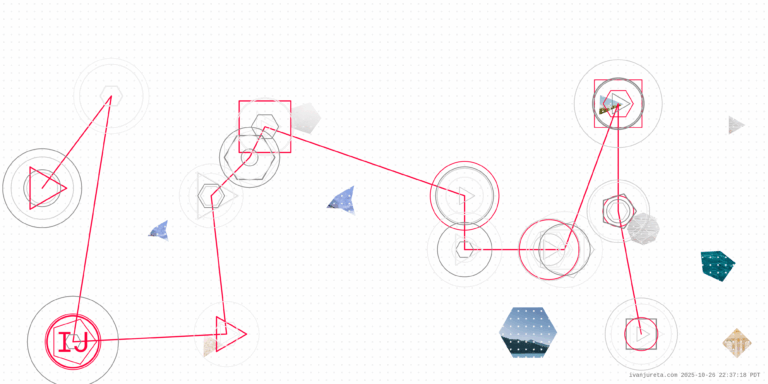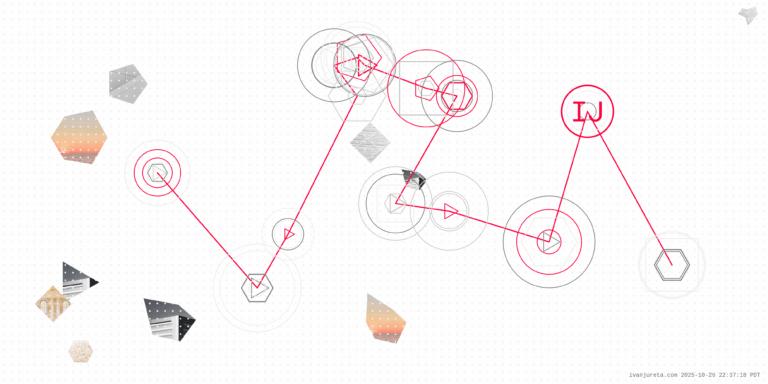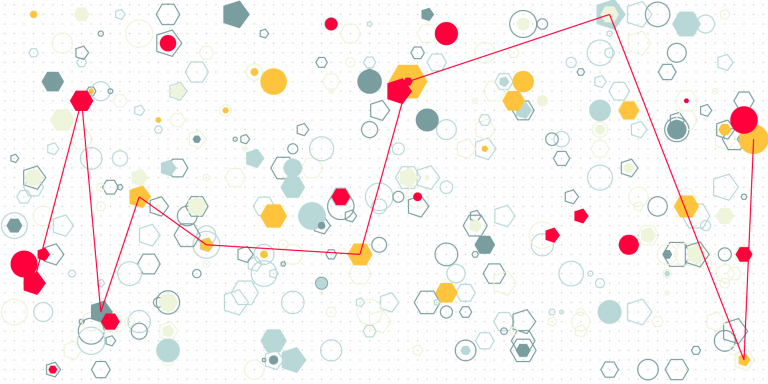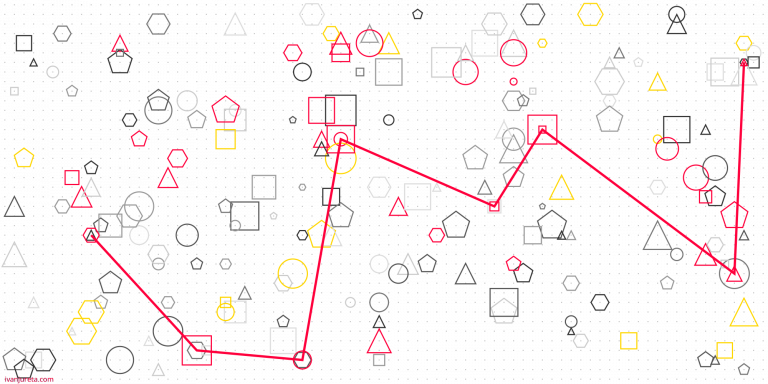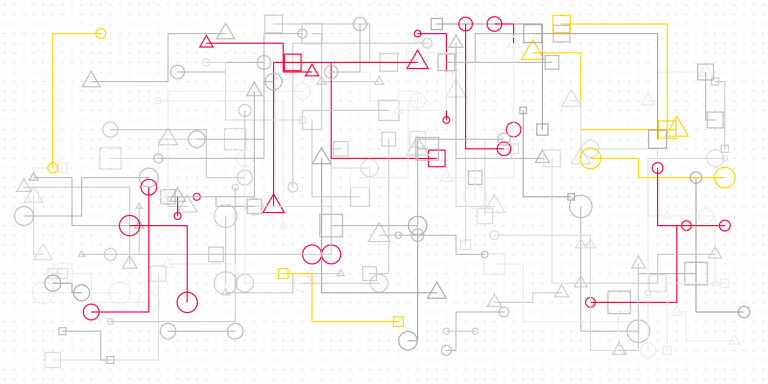Understanding and Governing Decision Interdependence
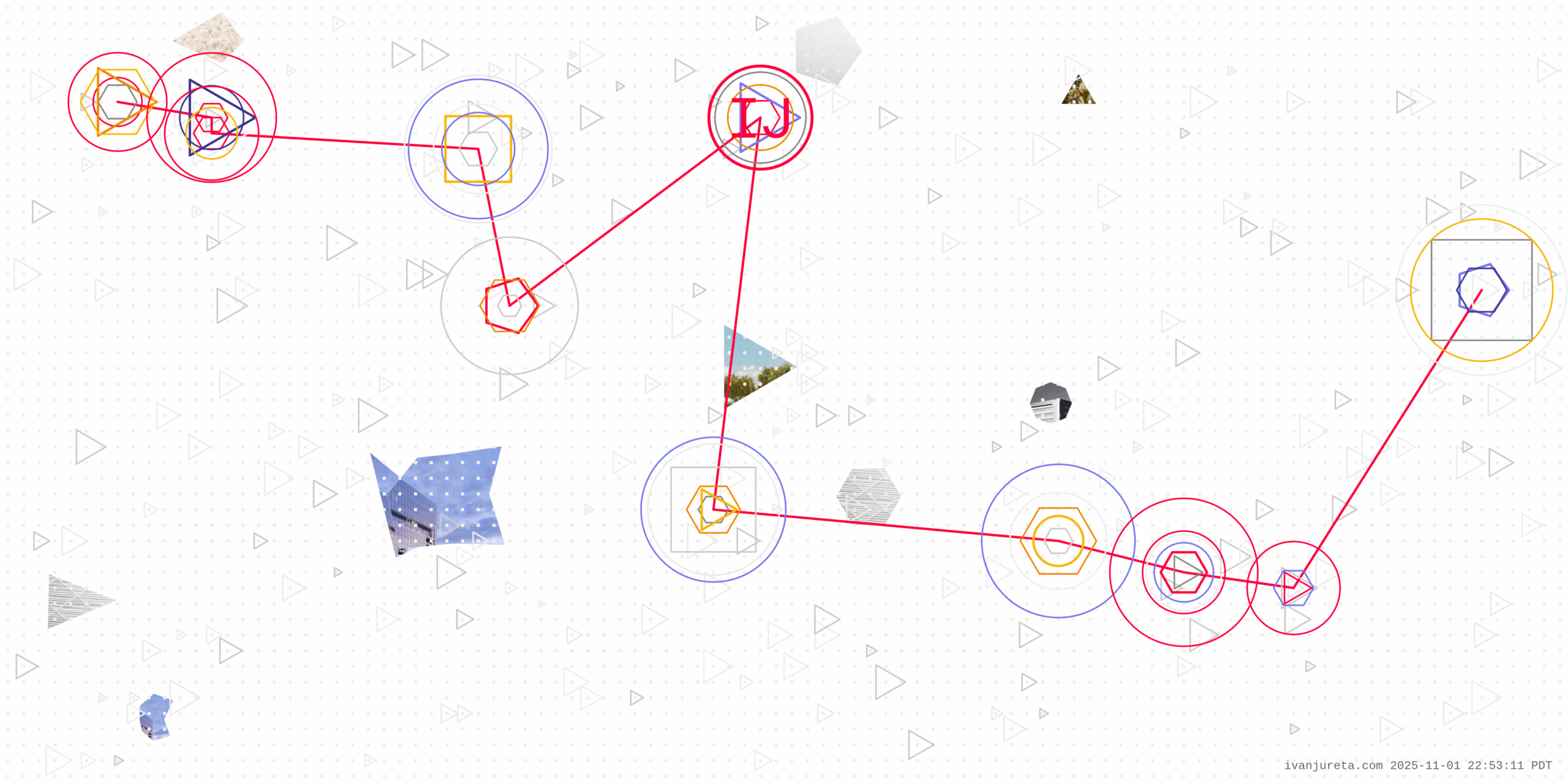
- Decision interdependence describes how much the outcome of one actor’s choice depends on the actions of others.
- Low interdependence decisions can be made autonomously, while high interdependence requires coordination and mutual adjustment.
- Examples range from a regional manager setting discounts (low), a product development team choosing features (moderate), to a corporate relocation decision (high).
- Academic research links interdependence to task design, resource sharing, information dependencies, and strategic coupling between actors.
- Interdependence increases with complexity, uncertainty, specialization, and the need for collaboration.
- It decreases when tasks are modular, resources are independent, and feedback effects are minimal.
- To assess interdependence, organizations can map workflows, trace resource flows, and analyze information exchanges.
- Decision governance must align with the degree of interdependence: autonomy for low, structured coordination for moderate, and joint governance for high.
- Effective governance mechanisms include shared information systems, standardized interfaces, cross-functional teams, and joint accountability structures.
Three Decision Situations with Different Levels of Interdependence
1. Extremely Low Interdependence: Regional Pricing Adjustments
A regional sales manager in a consumer goods firm decides whether to offer a short-term 5% discount on a product line to boost sales. The decision affects local revenue and profit margins but has little effect on other business units. The product is standardized, logistics are routine, and supply constraints are minimal.
Why interdependence is low:
- The manager’s decision does not alter other units’ performance metrics.
- No shared resources or sequential processes link the decision to others.
- Information needed is locally available—sales trends and customer feedback.
Governance implications:
- Decision rights can be fully decentralized.
- Governance focuses on clear financial targets and compliance rules.
- Local performance reviews ensure accountability without cross-unit coordination.
2. Moderate Interdependence: Product Feature Selection in Development Teams
A cross-functional product development team decides whether to include a new software feature in the next release cycle. Engineering must confirm feasibility, marketing must adjust positioning, and customer support must prepare updated materials.
Why interdependence is moderate:
- The decision creates sequential dependencies: engineering must finish before marketing and support can act.
- Some reciprocal adjustments are needed if technical constraints require changes in marketing promises.
- Coordination is important but manageable through standard procedures and scheduled meetings.
Governance implications:
- Shared roadmaps, version control systems, and cross-functional meetings coordinate efforts.
- Each unit retains local authority but aligns with overall product objectives.
- Governance focuses on integration through project management systems rather than hierarchy.
3. Extremely High Interdependence: Relocating a Manufacturing Facility Abroad
A multinational firm considers closing a domestic factory and relocating production overseas. The decision affects supply chains, human resources, government relations, finance, logistics, and brand reputation. Actions in one area continuously influence others: changes in regulation or labor conditions abroad affect financial projections, while local layoffs alter political and reputational dynamics at home.
Why interdependence is high:
- Reciprocal dependencies exist across multiple units and time horizons.
- Each department’s actions can change assumptions in others’ analyses.
- Coordination is required not only internally but also with external stakeholders (governments, unions, suppliers).
Governance implications:
- Centralized decision forums and scenario planning are necessary.
- Decisions must integrate diverse expertise under shared accountability.
- Governance mechanisms include steering committees, formal reviews, and post-decision monitoring to adapt as interdependencies evolve.
What Is Decision Interdependence?
Interdependence refers to the extent to which the outcomes of one actor’s decision depend on the actions or decisions of others. This concept, developed in organization theory by Thompson (1967) and elaborated by Galbraith (1973) and Ouchi (1980), highlights that most organizational decisions are not isolated acts of choice but components of a larger system of mutual influence.
When interdependence is low, decisions can be made autonomously, and local optimization generally leads to satisfactory outcomes. When interdependence is high, local decisions can conflict, producing inefficiencies or unintended consequences unless coordination mechanisms are in place.
Forms of Interdependence
Thompson (1967) identified three canonical types:
- Pooled interdependence: Units share resources but operate independently (e.g., separate branches sharing a brand).
- Sequential interdependence: The output of one becomes the input of another (e.g., assembly line production).
- Reciprocal interdependence: Units mutually exchange inputs and outputs (e.g., R&D and manufacturing during product design).
These categories can also be seen as increasing levels of interdependence—and correspondingly, of governance complexity.
Factors That Increase Interdependence
- Task Complexity: As processes involve more components or require non-routine coordination, interdependence rises.
- Specialization: When knowledge and responsibilities are divided among experts, outcomes rely on integration of distinct competencies.
- Uncertainty: In uncertain environments, actors must frequently adapt to each other’s changing information or assumptions.
- Shared Resources: Common use of critical assets—budgets, personnel, or infrastructure—links outcomes across units.
- Temporal Coupling: When timing matters, as in just-in-time supply chains, one unit’s delay affects the entire system.
- Strategic Complementarity: In game theory terms, when the value of one actor’s choice depends on others making complementary choices (Milgrom & Roberts, 1990).
Factors That Decrease Interdependence
- Modular Design: Partitioning systems into self-contained modules reduces coordination needs (Baldwin & Clark, 2000).
- Redundant Resources: Providing each unit with its own capabilities limits dependence on others.
- Standardization: Predefined procedures and technical standards reduce the need for continuous mutual adjustment.
- Buffering: Inventories, time lags, or slack resources insulate units from one another’s variability.
- Decoupling of Decision Horizons: When decisions operate on distinct time frames (e.g., daily operations vs. long-term strategy), their interdependence is reduced.
How to Assess the Level of Interdependence
Measuring interdependence is not straightforward—it is a relational property that must be inferred from how actions and outcomes connect. Several practical approaches are used in management research and practice.
1. Mapping of Workflows
Organizations can map how outputs from one unit become inputs for another. The more feedback loops and cross-functional dependencies exist, the higher the interdependence.
- Example method: Value-stream mapping or RACI matrices that clarify who is responsible, accountable, consulted, and informed at each step.
- Indicator: Number and strength of connections between decision nodes.
2. Resource Dependency Analysis
Following Pfeffer and Salancik (1978), one can quantify the proportion of critical inputs or resources controlled by others. A higher ratio indicates greater interdependence.
3. Information Flow Analysis
Mapping communication networks reveals how information must move for decisions to be made.
- Dense, reciprocal communication patterns indicate informational interdependence.
- Network analysis tools can visualize and quantify these patterns (e.g., using centrality or density measures).
4. Coordination Effort and Rework Tracking
The time spent aligning with other teams, resolving misalignments, or redoing work caused by others’ changes reflects behavioral interdependence. High coordination costs and frequent rework signal stronger dependencies.
5. Perceptual Surveys
Managers and team members can rate the extent to which their success depends on others’ actions using Likert-scale surveys. While subjective, perception-based data can reveal hidden dependencies that structural metrics miss.
Combining these methods yields a more robust picture of the interdependence profile for a given decision or process.
Decision Governance Mechanisms to Manage Interdependence
Once interdependence is assessed, decision governance must align structure, authority, and coordination mechanisms to the level of coupling between actors.
Low Interdependence: Governance Through Autonomy
- Structure: Decentralized authority; clear individual accountability.
- Information Systems: Periodic reporting, simple performance dashboards.
- Coordination Mechanisms: Standard operating procedures and compliance checks.
- Examples: Local marketing, internal cost-saving initiatives, or maintenance scheduling.
The governance objective is efficiency—minimizing bureaucracy while maintaining oversight. Too much coordination would waste managerial attention.
Moderate Interdependence: Governance Through Structured Coordination
- Structure: Cross-functional teams or liaison roles linking interdependent units.
- Information Systems: Shared project management tools and roadmaps.
- Coordination Mechanisms: Scheduled synchronization (e.g., weekly reviews, integration testing).
- Examples: Product development, service delivery chains, multi-department projects.
The governance objective is alignment—ensuring that decentralized actors adjust to each other predictably. Standardization and process integration replace ad hoc negotiation.
High Interdependence: Governance Through Mutual Adjustment and Joint Accountability
- Structure: Integrative forums (steering committees, task forces, or executive councils).
- Information Systems: Real-time data sharing and transparent decision logs.
- Coordination Mechanisms: Continuous dialogue, joint performance indicators, and conflict-resolution protocols.
- Examples: Strategic restructuring, crisis management, or large capital allocation.
The governance objective is coherence—achieving collective rationality when individual rationality would lead to conflict or inefficiency.
In such systems, traditional hierarchy alone is insufficient. Instead, relational governance—trust, shared norms, and transparency—becomes critical. Mintzberg (1979) described this as coordination by mutual adjustment, where actors synchronize their actions through communication rather than top-down control.
Cross-Level Mechanisms: Buffering, Modularity, and Culture
Regardless of the interdependence level, three design levers moderate how governance operates:
- Buffering mechanisms such as reserves, slack time, or intermediary roles, reduce the frequency of coordination.
- Modularization, creating semi-autonomous subsystems, mitigates complexity.
- Organizational culture, shared norms of trust, information openness, and commitment, support joint decision making in the absence of clearly assigned decision rights between modules.
Why Interdependence Matters for Decision Governance
Interdependence influences how much autonomy is feasible, how accountability should be distributed, and how information must flow. The challenge for decision governance is thus not to centralize all decision-making but to create the right fit between decision structure and interdependence. As interdependence rises, governance should evolve from control to collaboration, from fixed rules to adaptive coordination, and from individual accountability to shared responsibility.
Another View: Combining High Interdependence and Decentralized Decision Authority
High interdependence and decentralized decision authority coexist in many groups, often by design. These settings rely on coordination mechanisms that substitute for centralized control, allowing distributed decision-makers to act autonomously while maintaining coherence across interdependent activities. Such arrangements are typical in dynamic, knowledge-intensive, or innovation-driven environments where responsiveness and specialization are essential.
Below are several illustrative examples and the mechanisms that make them viable.
1. Open-Source Software Development
Decision situation: Thousands of independent developers contribute code, documentation, and bug fixes to a shared project (e.g., Linux kernel, Apache). Each contributor decides what to work on, with no central authority dictating priorities.
High interdependence: Changes in one module often affect others, creating complex reciprocal dependencies across the codebase.
Decentralized authority: No single manager allocates tasks or approves every change. Authority emerges from reputation, peer review, and maintainers’ informal influence.
Coordination mechanisms:
- Modular architecture reduces coupling and isolates decision domains (Baldwin & Clark, 2000).
- Shared technical standards and coding conventions serve as implicit governance rules.
- Version control systems and transparent issue trackers synchronize distributed work.
- Peer review and community norms enforce quality and alignment without central command.
2. Emergency Response Networks
Decision situation: Police, firefighters, medical teams, and local authorities respond to a major disaster. Each unit has distinct mandates and command structures but must act in concert.
High interdependence: Actions by one unit (e.g., road closures by police) directly affect others (e.g., ambulance routes). Success depends on synchronized, adaptive coordination.
Decentralized authority: Each agency retains command over its personnel and resources; there is no central command capable of micro-managing all units.
Coordination mechanisms:
- Predefined incident command systems standardize communication protocols.
- Real-time information sharing platforms synchronize situational awareness.
- Liaison officers and joint training exercises establish trust and behavioral routines before crises.
3. Global Supply Networks with Relational Governance
Decision situation: A multinational firm sources components from independent suppliers who jointly determine production schedules, quality standards, and logistics coordination.
High interdependence: Disruptions or delays in one node affect the entire network. Inventory, transportation, and production must be continually harmonized.
Decentralized authority: Each supplier manages its own operations and investments. There is no hierarchical control over the entire chain.
Coordination mechanisms:
- Relational contracts and long-term partnerships substitute for formal control (Dyer & Singh, 1998).
- Shared data systems (e.g., EDI, supplier portals) enable mutual visibility.
- Joint planning committees and collaborative forecasting synchronize expectations.
4. Professional Service Firms (e.g., Consulting Partnerships)
Decision situation: Partners in a global consulting firm independently manage client projects, recruit staff, and set engagement terms, yet share brand reputation, resource pools, and intellectual capital.
High interdependence: The quality or ethical breach of one partner affects the firm’s collective reputation and client relationships.
Decentralized authority: Partners retain significant autonomy and profit-sharing rights.
Coordination mechanisms:
- Partnership governance structures (e.g., managing committees) and peer accountability norms.
- Shared training, branding, and performance standards to maintain coherence.
- Internal markets for talent and knowledge management systems.
Implications for Decision Governance
When interdependence is high but authority remains decentralized, governance must rely on mutual adjustment (Mintzberg, 1979) rather than hierarchical control. Decision governance in such contexts emphasizes:
- Transparency: Real-time visibility into actions and intentions of others.
- Standardization of interfaces: Modular design, common language, or shared metrics.
- Trust and relational norms: Reputation and peer accountability replacing direct supervision.
- Iterative coordination: Frequent synchronization to realign expectations and resolve conflicts.
In such systems, the quality of decisions depends less on who holds authority and more on the quality of communication, alignment of incentives, and institutionalized cooperation mechanisms that allow interdependent actors to act coherently without central direction.
References
- Baldwin, C. Y., & Clark, K. B. (2000). Design Rules: The Power of Modularity. MIT Press.
- Dyer, J. H., & Singh, H. (1998). “The relational view: Cooperative strategy and sources of interorganizational competitive advantage.” Academy of Management Review.
- Galbraith, J. R. (1973). Designing Complex Organizations. Addison-Wesley.
- Milgrom, P., & Roberts, J. (1990). “The economics of modern manufacturing: Technology, strategy, and organization.” American Economic Review.
- Mintzberg, H. (1979). The Structuring of Organizations. Prentice-Hall.
- Ouchi, W. G. (1980). “Markets, bureaucracies, and clans.” Administrative Science Quarterly.
- Pfeffer, J., & Salancik, G. R. (1978). The External Control of Organizations: A Resource Dependence Perspective. Harper & Row.
- Thompson, J. D. (1967). Organizations in Action: Social Science Bases of Administrative Theory. McGraw-Hill.
